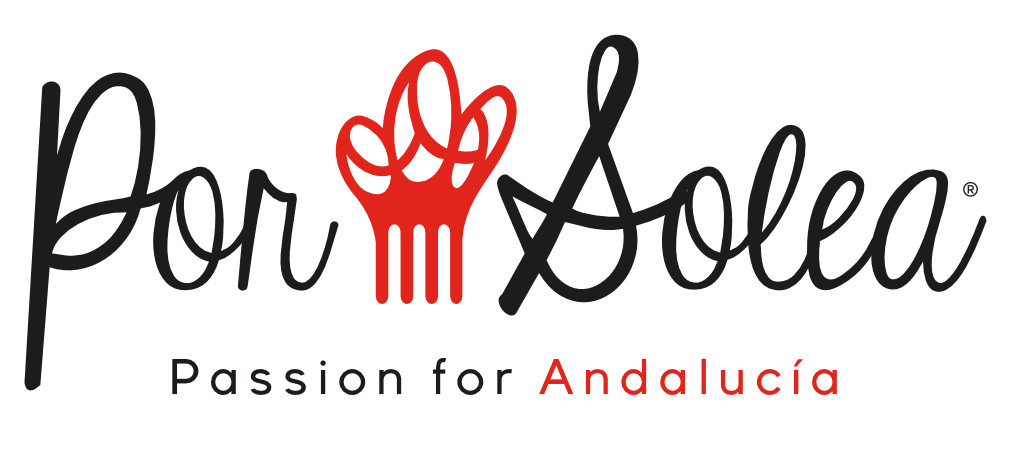HACIENDA GUZMÁN: oil mills worth visiting
Hacienda Guzmán, whose first owner was the son of ChristopherColumbus himself, is a clear exponent of the Sevillian baroque farm, which is dedicated to the production of olive oil. It is located in La Rinconada, a town 15 minutes from Seville.
The farm comes from a family that has dedicated its life, for four generations, to olive oil since the 16th century.
The ranch, with a magnificent building and 400 hectares of olive groves, has the only living olive museum in the world (with more than 150 varieties), a 100% organic plantation, a research centre and an oil mill. The mill ha different types of oil that have obtained different international awards.
Hacienda Guzmán currently performs a dual role. On one hand, it is dedicated to the production of extra virgin olive oil, and on the other, it carries out important dissemination and training activities through the Juan Ramón Guillén Foundation. This entity was established to promote and encourage rural areas and to protect the heritage of Andalusian olive-growing culture. In fact, one of its goals is to achieve the inclusion of the Andalusian Olive Landscape as a UNESCO World Heritage site.
Do not hesitate to visit their website to find out about their rates and visiting hours.
Origin and History of the Hacienda Guzmán
Already in the 16th century, Hernando Columbus (son of the discoverer of America) produced oil here that he sent to the Spanish colonies in the New World (to Cuba and the Dominican Republic) with the approval of Philip II. The monarch intended to create a certain dependency on the mother country, so in America he only allowed the cultivation of olive trees that produced table olives.
Although Hernando Columbus was its most famous owner, the family that named the farm was the one that knew it in its greatest years, between the 18th and 19th centuries, when it became one of the largest producers of olive oil in the entire world.
Despite the fact that today we talk about oleotourism and visiting an olive mill in Seville as something very novel, the 19th-century English Romantic writer Richard Ford had already mentioned in his passages an olive-growing excursion to the Hispalis capital. He even made an illustration of the hacienda during his visit, which has been used on some of their bottle labels.
In its time, the Guzman farm had three oil mills, one in each of its towers. One of them has been preserved for 400 years, kept in perfect condition, and which is also put into operation once a year to guarantee its good preservation. Highlights the 15-meter mahogany wood beam.
It is incredible to observe a system that is as rudimentary as it is effective, in stark contrast to the modern techniques used today.
Outside the towers, we see a sloping bougainvillea courtyard. In the past, it was used to pile up the olives so that their own weight would begin the pressing process. This was a first extraction of very poor quality, sometimes even rotten, which was used as lamp oil (for lamps) to provide light during the work in the mill.
The oils of Hacienda Guzmán
In just four harvests, the family of oils from Hacienda Guzmán has managed to elevate their products to the category of luxury, reflecting the special conditions of the olive grove, climate, and terroir. This is also evident in the limited production and their meticulous presentation—500 ml opaque bottles that perfectly preserve the aroma and flavor.
Currently, they produce four varieties: Arbequina, Coupage, Hojiblanca, and Manzanilla Sevillana. You can find everything from the smoothness and fruitiness of Arbequina, the vegetal nuances of tomato, leaf, grass, and artichoke of Hojiblanca, to the high intensity and bitterness of Manzanilla. Alternatively, you might prefer Coupage, which combines the essence of each of our products into one, achieving the perfect blend of the best Extra Virgin Olive Oil.
To achieve superior fruit, a triple selection process is carried out: in the fields, on the tree, and on the conveyor belt in the mill.
At Hacienda Guzmán, all harvesting is 100% manual, lasting for three months. No shaking or any kind of vibration is used to minimize damage to the olives as much as possible.
A visit to Guzman farm
The best way to get close to the world of oil and get to know this historical jewel is to let yourself be tempted by an HG experience. The passage of time has left reminiscences that are easy to guess when touring the property, such as its Andalusian gardens where a pool collects the water hat irrigates pomegranate, oranges and lemon trees. Just as interesting is the olive library, where you can find varieties of olive trees from all over the world; The mill, where you can observe the oil extraction process, since the olives are introduced to separate them from the leaves and wash them, until this elixir is produced; the Carriage Museum, a private collection of original carriages from the 17th, 18th and 19th centuries; the stables, with purebred Spanish horses, and the olive mill from the 18th century, where the process is recreated with a 15-meter beam.
One of the most surprising visits is its museum of olive trees, with more than 150 varieties, one more amazing than the previous one. Some with good table olives, others for oil, fat olives … and even a white one. There is also a Nabali olive tree, which is of the same type of those on the Mount of Olives. Did you know that in the Bible there are about 400 references to olive trees? Well, they talk about this Nabali olive tree.
Do not hesitate to contact us if you want more information about how to visit this magnificent oil mill (info@porsolea.com).









